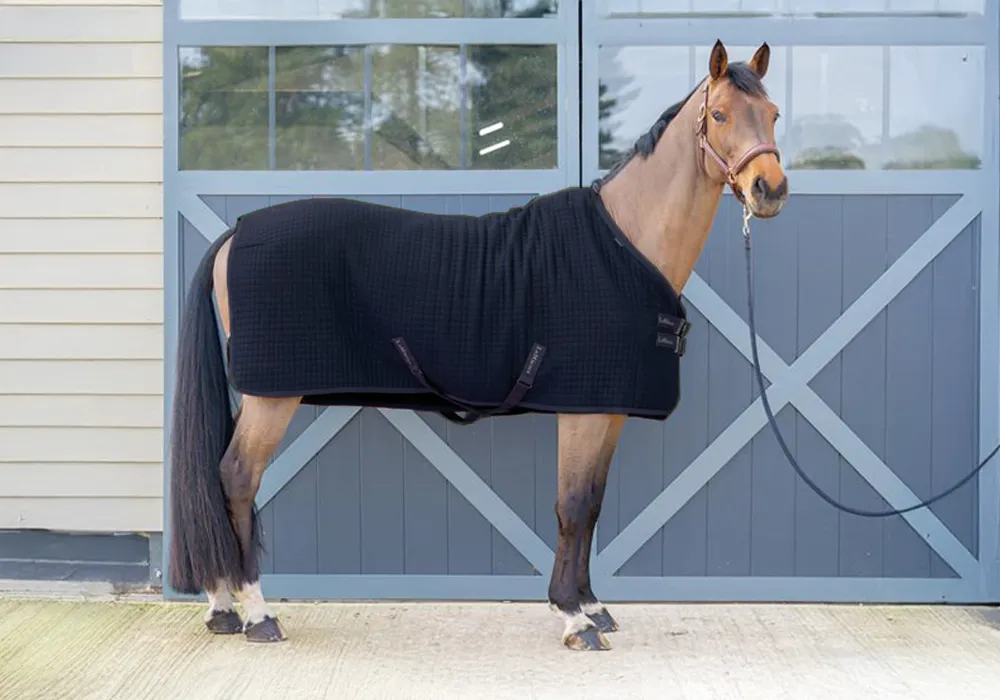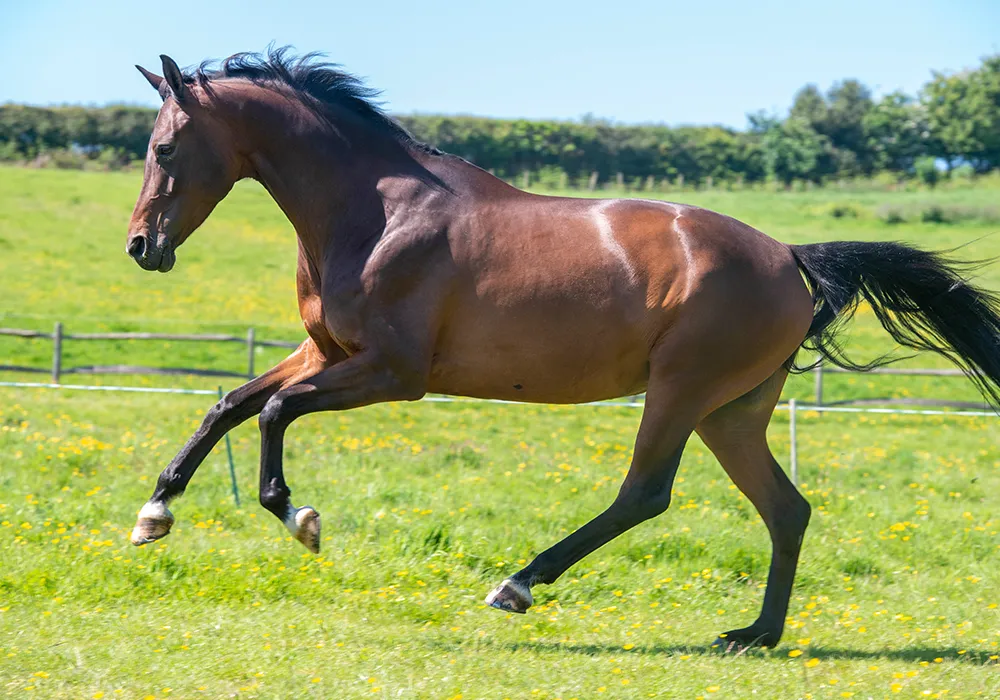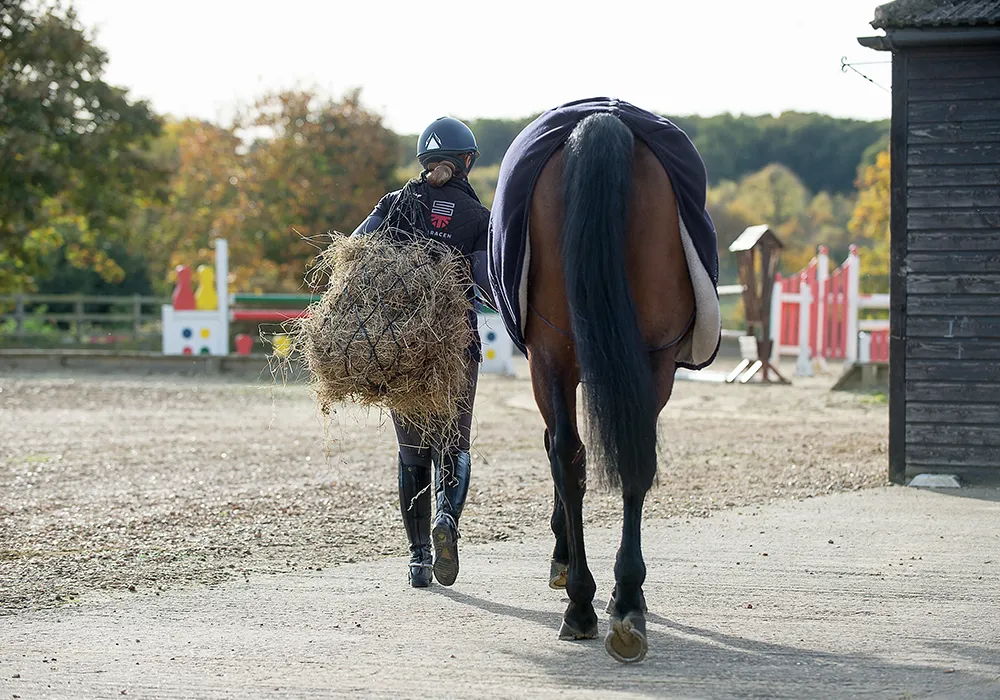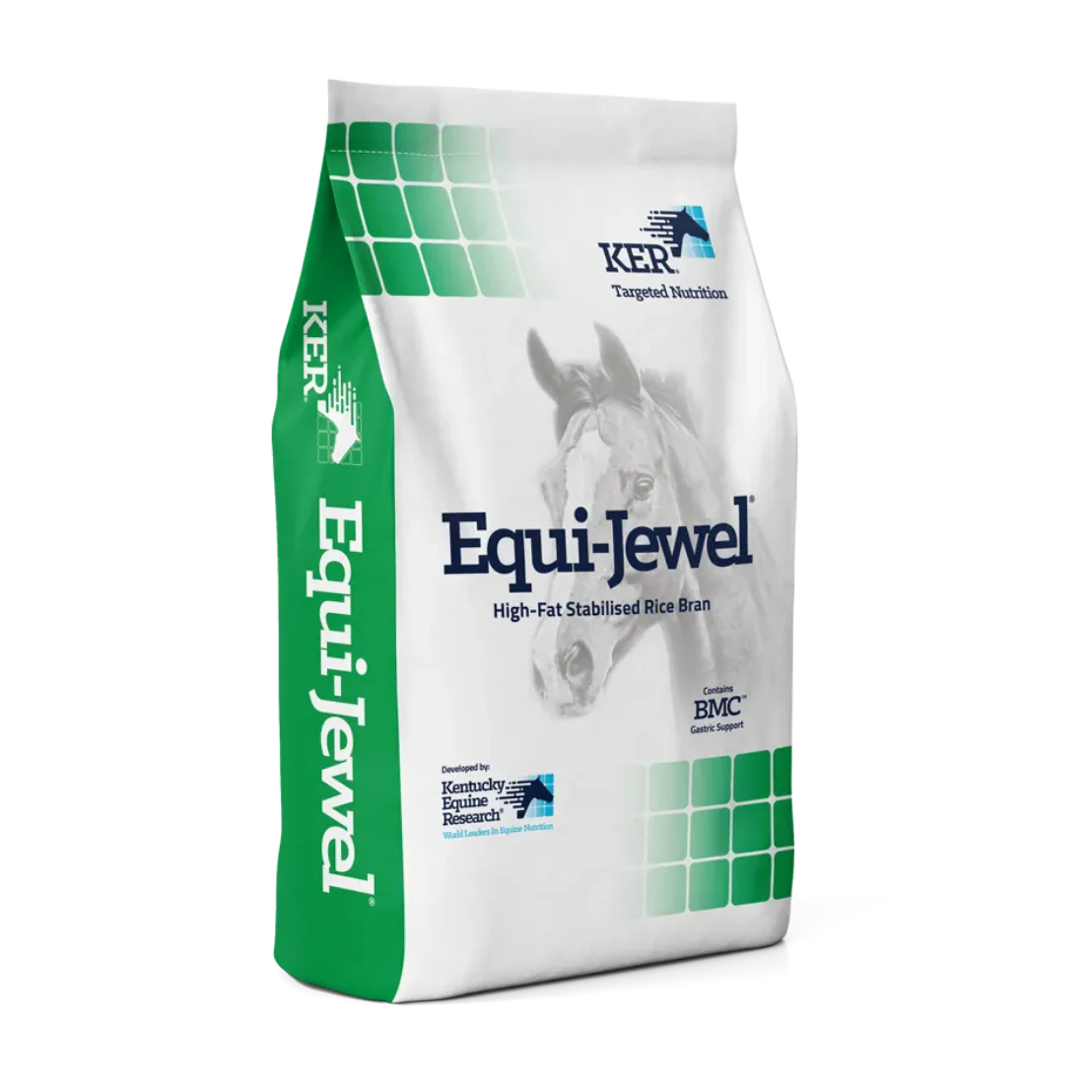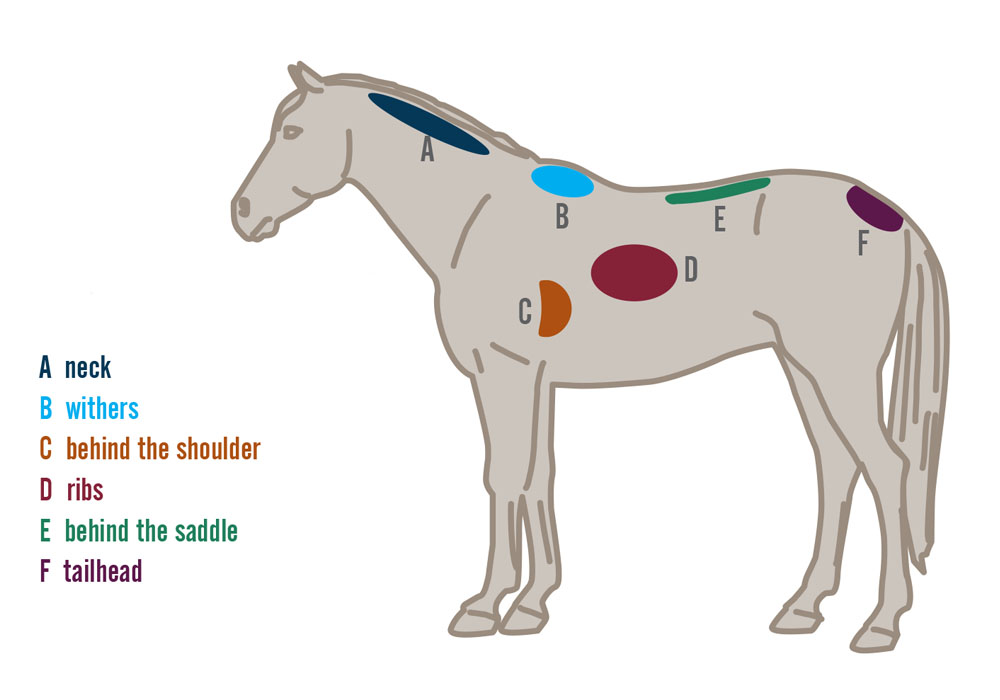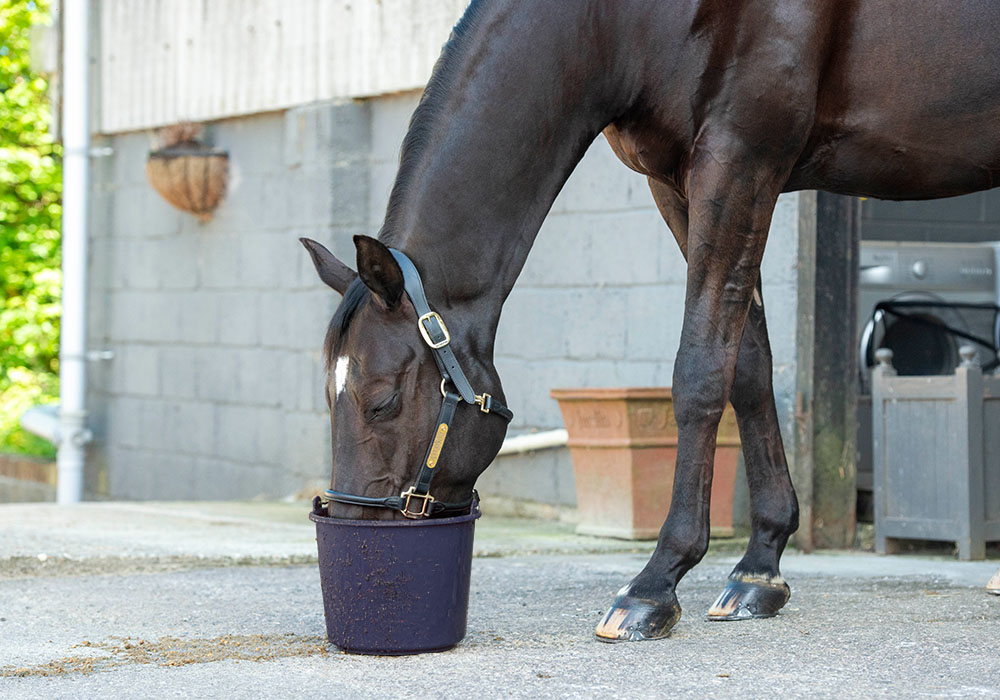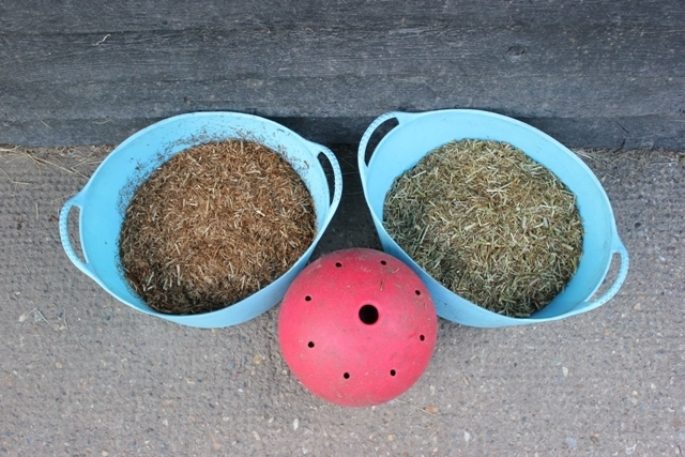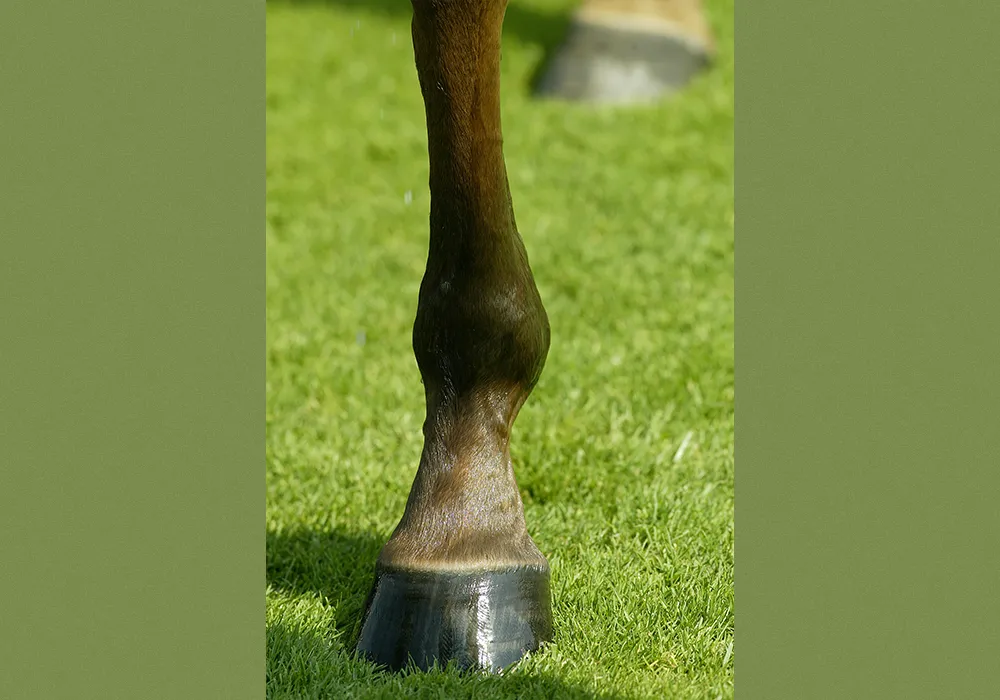Feeding the Ex-Racehorse: Top Tips
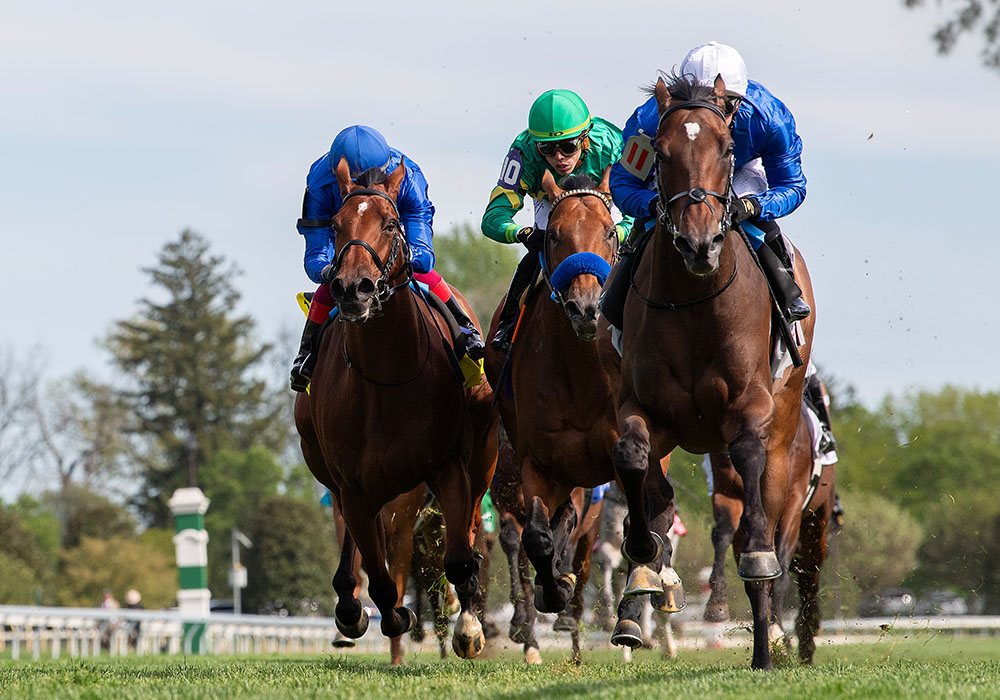

Make changes gradually
It is important that you try and obtain as much information about feeding and exercise programmes before your ex-racehorse arrives with you, to help you understand his character and to make the changes as gradual as possible.

Feed little & often
The horses stomach is roughly the size of a rugby ball and makes up only 10% of the total digestive system. Food stays here for approximately 15 -30 minutes so feeding small feeds support suitable digestion

Feed plenty of forage
Remember, forage is the most important element of an ex-racehorse’s daily feeding plan. Horses should receive a minimum of 1.5kg forage per 100kg body weight per day, ideally, forage should be fed on an ad-lib basis.
If your horse is a poor feeder offer a variety of fibre sources to stimulate their appetite & gradually increase the forage in the diet.
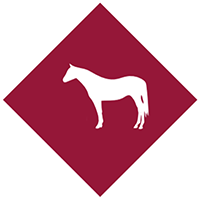
Don't blame the protein
Do not mistake protein for the cause of excitable or fizzy behaviour! Remember to choose a feed that is low in starch and based on high fibre and oil as this will provide slow-release energy for work & condition.
If your ex-racehorse requires additional calories look at supplementing the diet with a high fat supplement such as Equi-Jewel.

Feed a balanced diet
We understand that thoroughbreds can be tricky to feed. If you are feeding less than the recommended amount of concentrate feed per day, we would recommend adding a feed balancer to ensure that you are providing a balanced diet.
Remember we are here to help! Please feel free to fill out our feed advice form and we will create a bespoke ration plan for your horse.

Telltale signs
Have your vet or dentist check your horse's teeth shortly after arrival.
Watch for signs of stress or ulcers, and treat as found. Remember to keep starch intake to 1g/kg of bodyweight or lower per meal
Need Guidance?
If you would like any further information on feeding your horse or pony please feel free to contact our nutritional team on +44 (0)1622 718 487, email info@saracenhorsefeeds.co.uk or fill out our Feed Advice Form.
